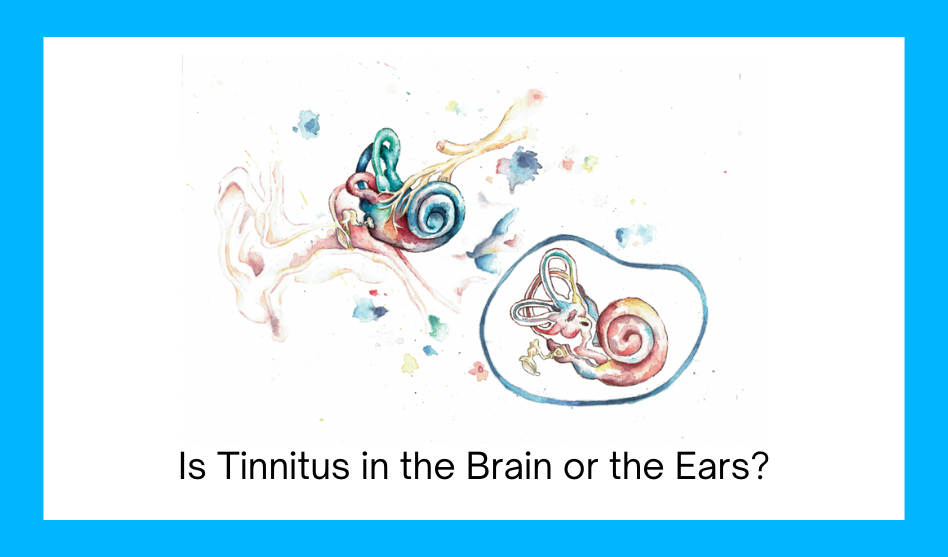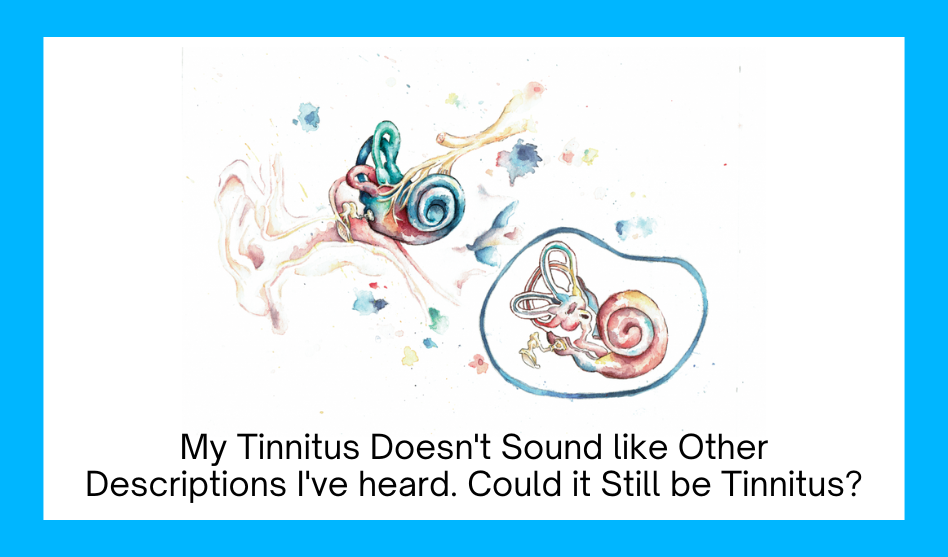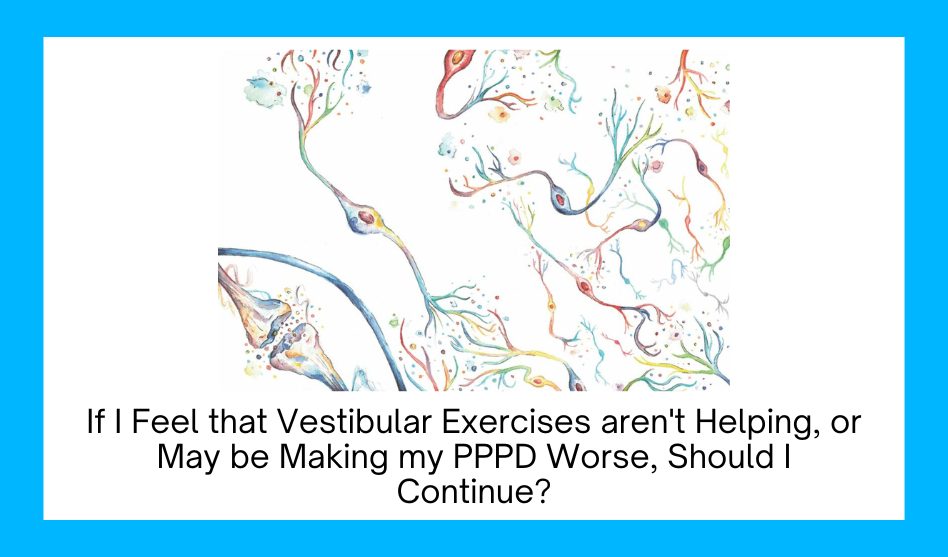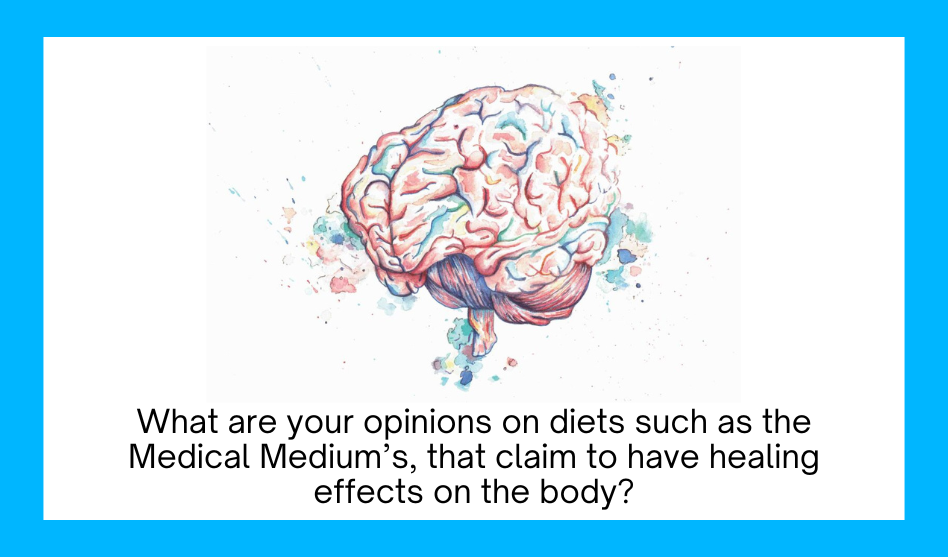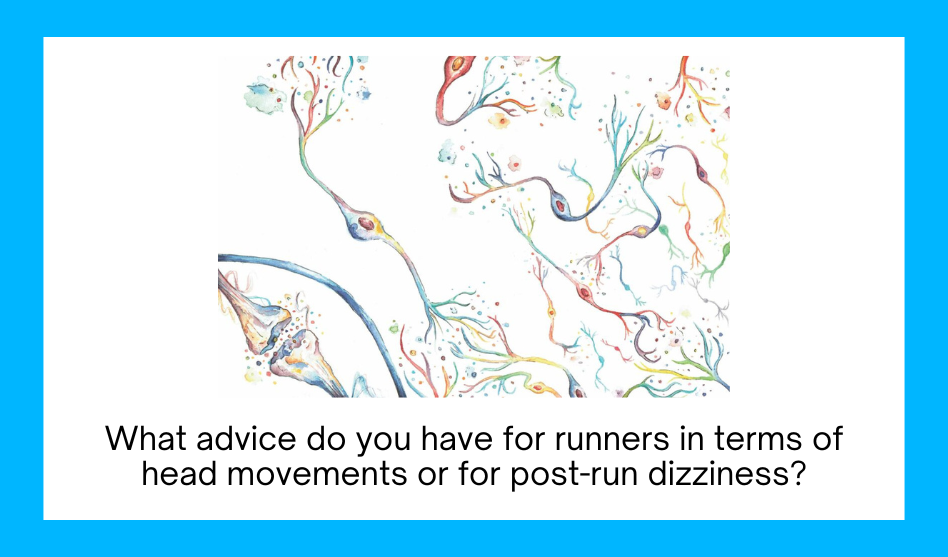
Humans Are Designed to Adapt to Trauma, We Are Adept, Ready, & Strong.
Next month I will be hosting a LIVE CALL on the topic of trauma patterns and chronic symptoms.
Join me in this rich discussion.
Years ago, I began to notice trauma patterns in my ROCK STEADY community members.
I could see this in their use of language, their relationship toward their bodies, in their body language and in their symptomatology.
Twenty years ago, trauma was quietly spoken about in whispered tones amongst my medical peers in hospital settings. It was something that nobody felt too confident talking about, yet, with time has come many new options and a rich understanding of how our body and brain can heal unhelpful trauma patterns.
So over the years, I began to get curious about the links between unprocessed trauma and chronic symptoms.
It is truly fascinating what I learnt. Both personally and professionally.
First, as I began to get curious and study trauma, a heap of my own unprocessed trauma arose (how clever, thanks body!) and I was fortunate enough to process this using my ROCK STEADY tools. This led me to develop a short course called Integrating Trauma based on neuroplasticity skills and how they can be useful in healing trauma patterns.
Much of trauma is held in our body as fight, flight, or freeze patterns. There is also talk of fawning patterns which look like people-pleasing and ignoring one’s own body, in order to appease others as a survival mechanism.
Fight patterns could look like anger, and attack either toward other people or towards one’s self. It may result in muscle tension as the muscles of our body grip and tense ready for combat. It may look like fighting what we feel in our body and fighting symptoms.
Flight could look like withdrawal, trying to run away from conversations, situations, events or relationships. It may look like avoidance and distraction of the present moment, via social media, drugs, alcohol, sex or whatever can numb us from feeling whatever it is that we don’t want to feel.
Freeze can look like emotional absence, an inability to feel, or difficulty to sense emotions. A sense of dissociation or out-of-body disorientation for no known reason. Or perhaps feeling unsure of what one is feeling. A sense of ongoing confusion around emotions, feelings and felt sense. A constant sense of waiting for external approval or for somebody else to validate us or tell us how we should be feeling.
So what is trauma and what are we overcoming?
A big ‘T’ trauma could be surviving a car accident, sexual assault or a war. It is usually an acute event that can be easily identified. It may be suppressed and forgotten for many years, and remembered when we are emotionally ready to process it.
A small ‘t’ trauma is usually a subtle, repeated interaction that may never be identified and therefore can easily go overlooked and remain unresolved.
A small ‘t’ trauma could be a childhood of feeling invalidated, dismissed or having your emotional world minimized by the caretakers around you. It could be thousands of acts of racism or sexism that were never acknowledged and lodged deep into our sense of self. These micro events alter the development of the brain and teach us to invalidate, dismiss and minimize ourselves, ongoing, as a way of life. This can result in a disconnection to our felt sense, our inner world and our emotional body. This sort of trauma can be more difficult to identify and can result in trauma patterns that seem to come from nowhere, because it feels like ‘nothing happened’. The trauma itself can be minimized, ignored, or distorted making it difficult to get support or resolution.
Essentially these fight, flight, freeze and fawn patterns are normal, healthy and vital neurological reflex patterns that help us cope with life threatening situations. Sometimes, we genuinely do need these fight, flight, freeze and fawn reflexes and behaviours, but not always, certainly not 24/7.
The problems occur when our neurological system becomes locked in trauma patterns as a way of life, instead of as a response to actual life threatening stimuli. This can lead to flashbacks, distracting thoughts, persistent worries, doubts and difficulties finding joy.
Unresolved trauma can show up as:
— difficulty being alone, still, or quiet
— feeling chronic symptoms of pain, discomfort or unease
— distorted thinking, ongoing worries, low mood
— trust issues, relationship breakdowns, difficulty in intimacy
— eating disorders, addictions
— avoidance behaviours
— volatile moods and frequent emotional triggers in daily life
— feeling trapped, contracted, tight, tense, or Not-Quite-Right (NQR) often
— low self esteem, feelings of shame
Resolved trauma can look like:
— awareness of and tools to regulate a fight/flight/freeze/fawn pattern
— feelings of choice, agency and a sense of control to override unwanted patterns
— expanded, soft, relaxed body language most of the time
— slower thoughts and a capacity to befriend one’s self, regardless of our passing sensations or emotions
— feelings of love, compassion, kindness and understanding toward our own lived experience and the sensations in our mind or body
— capacity to remain present with ourselves during discomfort, unrest, or NQR so that these moments can pass without drama or unnecessary resistance
— an understanding of our shared human experience and an ability to be an empathic witness to ourselves and to others during difficult times
— a sense of freedom, power, centre and groundedness in daily life
Peter Levine, an authority on the topic of trauma healing, describes trauma as:
“Trauma is not what happens to us, but what we hold inside in the absence of an empathetic witness.”
If you would like to learn more about overcoming trauma and how to befriend your own inner fight/flight/freeze patterns, take a look at my Overcoming Trauma Program.
Watch this short video below of me speaking about the program.
I would love to see the word trauma become a friendly word that invites curiosity instead of fear. We humans are born to move through trauma and to build resilience. It is a great part of our shared humanity, and trauma patterns, in my opinion, are nothing to fear and everything to get curious about.
This doesn’t make the path to healing trauma an easy one. It is courageous and most likely tender.
Many of my participants have shared that in hindsight, living with unresolved trauma was harder than learning to feel it through and bring a resolution to it.
Wherever you are on your own path, I feel it is fair to say that we are all impacted by trauma in some way. Whether it is collective trauma, generational trauma, environmental trauma, or a direct experience of trauma.
It feels to me that we are swimming in an ocean of unresolved trauma globally, resulting in collective beliefs that have been formed from traumatised perspectives and leave us jumping from fry pan to fry pan as a human species. Buy more! Build more! Do more! Run! Avoid! Hide! Fear! Disconnect! Shut down! Numb out!
Imagine a world where we slow down, pause, feel, reflect and choose wisely.
May we let the genius of our body resolve what is ready to heal, so that we can listen to our inner wisdom, take back control of our lives, and take better care of our planet earth.
Explore my Integrating Trauma Program here.

